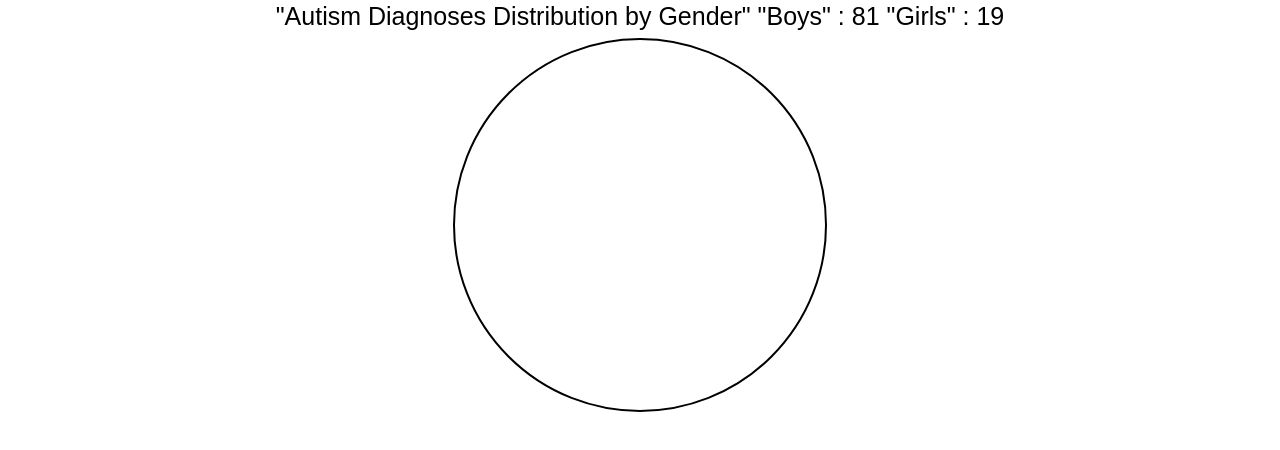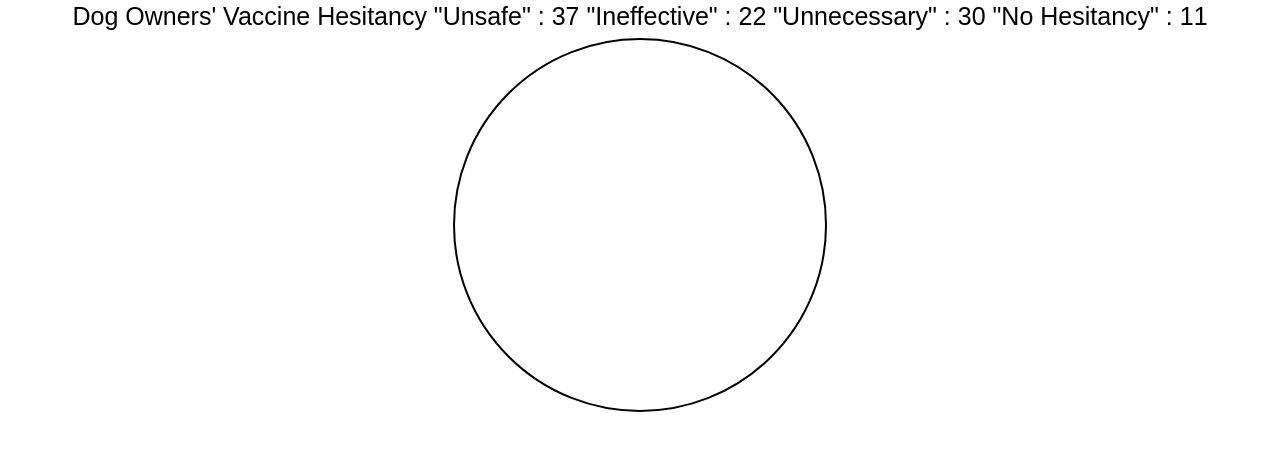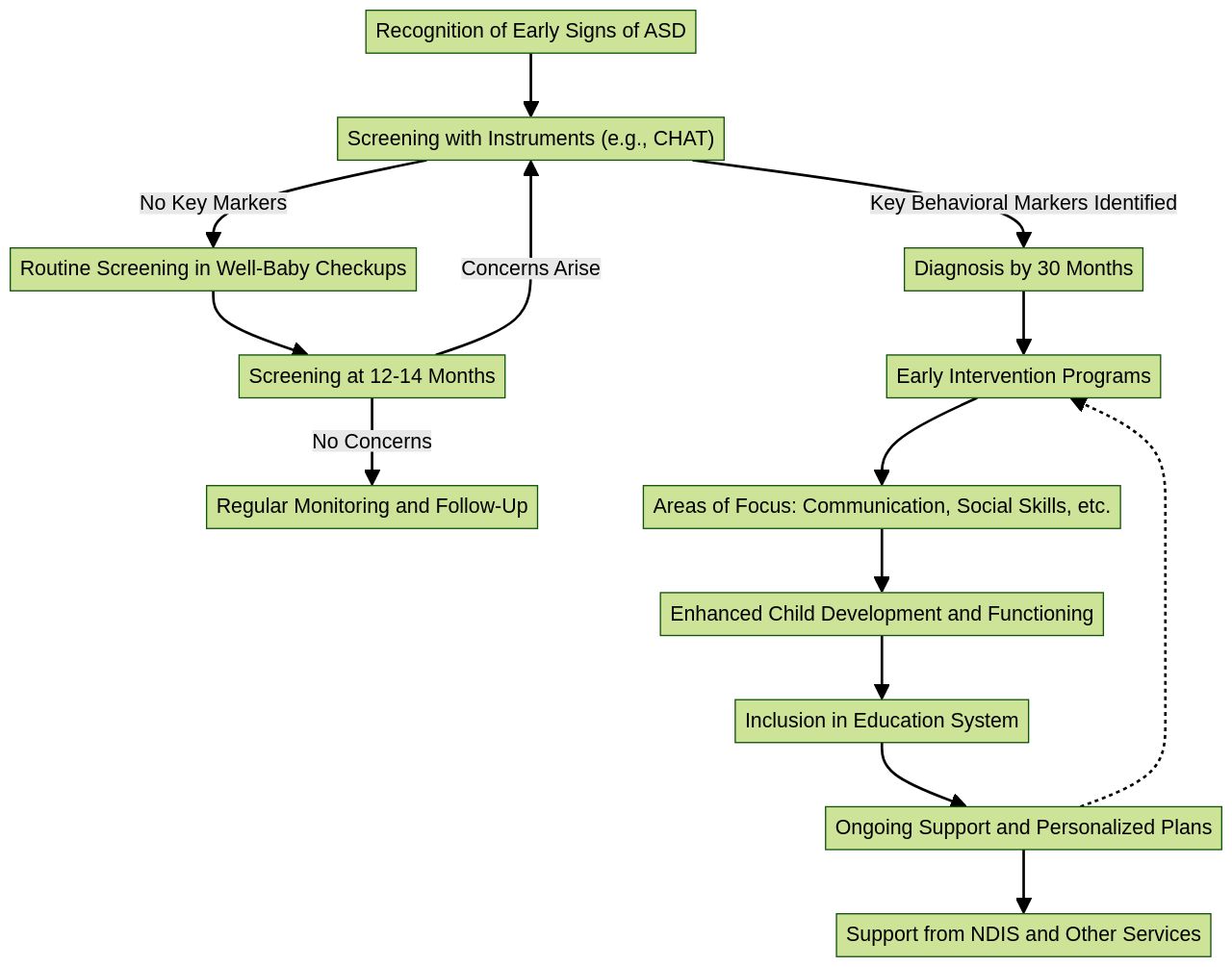Introduction
Autism Spectrum Disorder (ASD) is a complex neurodevelopmental condition that affects social interaction, communication, and behavior. With early signs appearing as early as 9 to 18 months, it is crucial to detect and understand these signs for early intervention.
In this article, we will explore the characteristics and features of autism, the importance of early diagnosis and intervention, the concept of neurodiversity, and the need for support and acceptance for individuals on the autism spectrum. By providing guidance and resources, we aim to empower parents and advocates in navigating the challenges associated with autism and ensuring the well-being of their children.
Defining Autism: Disease or Neurodevelopmental Condition
Autism Spectrum Disorder (ASD) manifests in early childhood, typically by age 3, and involves a constellation of challenges in social interaction, communication, and behavior. Notably, signs of ASD may appear as early as 9 to 18 months, marked by diminished social attention, unresponsiveness to one's name, and motor delays. To detect these signs, pediatricians often employ the Modified Checklist for Autism in Toddlers-Revised with Follow-Up (M-CHAT-R/F) during well-child visits at 18–24 months.
While this tool has high specificity (95%), its sensitivity is less robust (39%), and its positive predictive value stands at 14.6%. Misconceptions about ASD's origins persist, yet evidence refutes links to vaccines, parenting styles, or nutrition. Instead, genetic patterns suggest a hereditary component, with research underway to identify specific genetic irregularities.
Brain scans reveal structural differences in individuals with ASD, supporting the genetic theory, though no singular 'trigger' for the condition's development has been pinpointed. Recent scientific advances have explored the role of dopamine and serotonin in neural development, with implications for ASD understanding and potential treatments. Professor Kenkichi Takase and Professor Eiichi Nojiri's recent work builds on Donald Olding Hebb's theories to elucidate mental functionalities in ASD, potentially bridging knowledge gaps.
They emphasize the intrinsic connection between mental functions like learning, memory, and attention, and the nervous system's activities. The surge in ASD diagnoses, particularly among women and girls, reflects a broader definition of autism and increased awareness, rather than an 'epidemic' of the condition itself. Prof Sir Baron-Cohen highlights the need to view autism through both medical and social lenses, recognizing the unique strengths and talents associated with the condition.
Characteristics and Features of Autism
Autism presents through a variety of behaviors and challenges that are unique to each individual. Social interactions can be particularly difficult, as those with autism may struggle to interpret and respond to social cues, making eye contact challenging and conversation initiation or maintenance a hurdle.
Nonverbal communication may become a preference for those who experience delayed speech development or exhibit repetitive speech patterns. Fixed interests and repetitive behaviors are also common, as is heightened sensitivity to sensory input.
The transformative role of service dogs in the lives of children with autism has been highlighted in a study by Dr. Maggie O’Haire's lab, which shows these dogs bolster not only the child's well-being but the resilience of the entire family. Serving as a calming presence, they enhance emotional well-being and interaction among family members.
Meanwhile, research from the Dog Aging Project and studies on the human gut microbiome are paving the way to understanding autism's biological underpinnings and how early-life metabolic changes might signal its development. The prevalence of autism diagnoses is on the rise, with boys being more than three times as likely as girls to receive a diagnosis. This uptick underscores the importance of ongoing research and the provision of adequate services for those with developmental disabilities. As we deepen our understanding of autism and its manifestations, it's vital to ensure the welfare of both the individuals with autism and the animals that support them.

Early Signs and Symptoms of Autism
Understanding the unique characteristics of autism in dogs is essential for providing the right care and support. While behaviors such as ignoring their name, avoiding eye contact, unusual vocalizations, and repetitive movements may suggest certain challenges, these signs are not uniform across all cases.
Each dog may exhibit a distinct set of behaviors, and some may not show any at all. It's crucial to seek a professional's insight for proper evaluation.
Recent research highlights the profound impact service dogs have on families with autistic children. The study, led by Dr. Maggie O'Haire and published in Frontiers of Psychiatry, reveals that service dogs not only support the child with autism but also bolster the entire family's resilience, enhancing emotional well-being and social interactions.
These findings underscore the importance of considering the family unit when evaluating interventions. However, it's important to address misconceptions, such as the notion of 'canine autism,' which has no basis in veterinary diagnosis. Misinformation can have serious consequences, including reduced vaccination rates among dogs, potentially leading to a resurgence of preventable diseases like rabies. With 53% of dog owners expressing vaccine hesitancy, it's critical to dispel myths and emphasize the importance of vaccinations for pet health and public safety. By recognizing each dog's individual needs and countering misinformation with facts, we can create a more supportive environment for all dogs, including those with unique behavioral and cognitive needs.

The Importance of Early Diagnosis and Intervention
Recognizing the early signs of autism spectrum disorder (ASD) is vital for providing the support and interventions that can significantly enhance a child's development. Studies have shown that with early detection, as early as 18 months, children can benefit from tailored interventions that foster communication, social skills, and adaptive behaviors. These early efforts can also instill coping strategies to manage the challenges of autism.
In a study where toddlers at high genetic risk were screened using the CHAT instrument, those who showed key behavioral markers for autism at 18 months were diagnosed by 30 months. This highlights the importance of early screening in primary care settings. With only 10-20 percent of children diagnosed with ASD before age 5 able to live independently as adults, the urgency for early intervention is clear.
Researchers are now understanding that ASD develops through a complex interplay of genetic and environmental factors, influencing the developmental biology of metabolism. This new insight is critical for developing early detection methods. Unfortunately, there's a significant delay from initial screening to diagnosis, often exceeding two years.
This delay is a barrier to early intervention, which is most effective when started as soon as possible. Efforts to embed routine screening in well-baby checkups are showing promise, with the potential to identify signs of autism in children as young as 12–14 months. It's crucial to note that while many intervention programs exist, there is a lack of research comparing their effectiveness.
Most programs are designed for preschool-aged children, and many are not widely available. Empirical evidence supports certain aspects of treatment, such as intensity and family involvement, but more research is needed, especially for the birth to 3 age group. This gap underscores the need for more accessible and diverse intervention programs, tailored to the unique needs of each child with autism.

Understanding Neurodiversity and Autism
Neurodiversity is a term that encompasses the vast range of natural differences in human brain function, notably recognizing the value and contributions of individuals with autism. This inclusive concept helps society to foster environments that embrace the unique abilities and challenges faced by people on the autism spectrum, advocating for acceptance and support over the notion of 'curing' autism.
As we have come to understand, autism is not an epidemic but rather a part of the human experience, with the definition and diagnostic criteria evolving over time. In the 1980s, the focus was on overt signs such as significant language impairments and unresponsiveness.
Today, the diagnostic lens has broadened, considering subtler aspects like difficulties in social communication and fixed routines or interests. Studies suggest that 1-3% of the global population may be autistic, and while males are diagnosed more frequently, the condition affects all genders.
As Sarah Lin, a parent of an autistic child, puts it, 'Parenting a child with autism is, in many ways, just parenting.' The Centers for Disease Control and Prevention (CDC) estimates that 1 in 36 children in the U.S. is on the autism spectrum, highlighting the importance of creating inclusive and supportive communities. Initiatives like the Autism Welcoming Initiative are instrumental in training businesses to be more accessible and understanding of autistic individuals' needs. These efforts, along with the commitment to involve autistic voices in research, as seen in the Autism: From Menstruation to Menopause project, are critical steps toward a society that values and integrates the perspectives of neurodiverse individuals.
Conclusion
In conclusion, early detection and intervention are crucial for supporting individuals with Autism Spectrum Disorder (ASD). The M-CHAT-R/F is a valuable tool for identifying early signs, and it's important to dispel misconceptions about the origins of ASD.
Autism presents through unique behaviors and challenges, such as difficulties in social interaction, repetitive behaviors, and sensory sensitivity. Service dogs have been shown to positively impact the well-being of children with autism and their families.
Early diagnosis is essential for providing tailored interventions that foster communication, social skills, and adaptive behaviors. Efforts to embed routine screening in well-baby checkups show promise in identifying signs of autism as young as 12-14 months.
Recognizing neurodiversity is key to creating an inclusive society that values and supports individuals with autism. Autism is not an epidemic but part of the human experience. Inclusive initiatives and involving autistic voices in research are important steps toward fostering acceptance. By understanding autism's characteristics, promoting early detection and intervention, and embracing neurodiversity, we can empower parents and advocates to navigate the challenges associated with ASD. Together, we can create a more inclusive society that values the unique abilities and contributions of individuals with autism.




